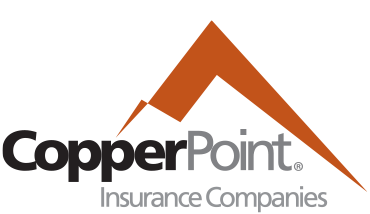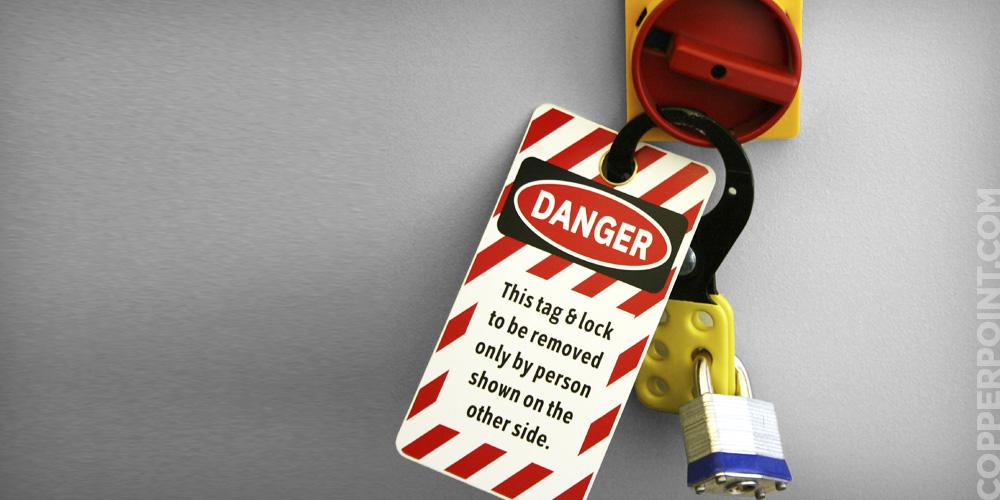The Critical Role of Supervisors in Creating a Safety Culture
The day in the life of supervisors is anything but predictable. One minute they can be handling operational tasks, such as scheduling and ordering supplies, and the next they can be troubleshooting quality control or logistical issues. There’s one constant responsibility regardless of the task at hand: safety.
Leading by Example
Under an effective safety program, managers and supervisors are considered a key component in maintaining an effective safety culture. This includes putting safety above all else by taking a proactive position toward the company’s safety policies and procedures. It also means ensuring employees have a clear understanding of the organization’s safety program and what their role is.
By the Book
It’s important that supervisors and employees alike understand the safety regulations in their locality.
Federal OSHA: Section 17 (e) states: “Any employer who willfully violates any standard, rule, or order promulgated pursuant to Section 6 of this Act, or of any regulations proscribed pursuant to this Act, and that violation caused death to any employee, shall, upon conviction, be punished by a fine of not more than $10,000 or imprisonment for not more than six months, or by both.”
In California, AB 1127 legislation means that California employers are subject to much greater civil penalties and even larger criminal penalties for violations of Cal/OSHA regulations. Per AB 1127, managers and supervisors also can be held liable for civil and criminal penalties for safety and health law. In fact, supervisors and foremen who are found to have willfully violated a Cal-OSHA regulation that resulted in serious injury or death may be subject to fines and even time in prison.
This underscores how important it is that organizations create safety programs that are aligned with local regulations, both for the safety of employees and the health of the company.
Key Elements of Effective Safety Programs
A robust safety program includes the following components:
- A strong example at the top: Employees’ safety attitudes and behaviors directly reflect the attitudes and behaviors of their supervisors and managers. While formal rules, policies and Health and Safety personnel have their place, the attitudes and actions of leaders have the most influence on employees’ safety.
- A clear understanding of safety roles: Whether you’re a supervisor or a worker, it’s critical that you have an understanding of the company’s safety program, policies and procedures and commit to 100 percent compliance.
- A robust training program: Supervisors must ensure they deliver an adequate safety training program for employees. This includes training of new hires, ongoing, regular training for established employees and specialized training, post-injury or accident, or when new equipment is acquired. Safety is a continuous process and not a destination, so regular training efforts are essential.
- Safety awareness: Supervisors have a responsibility to identify and correct unsafe conditions, as well as unsafe behavior. This can be accomplished through monthly inspections, daily walk-throughs and ongoing observations. They must also promote safety awareness among their team members by sharing safety observations during team meetings, rewarding safe behavior via employee recognition programs and other efforts.
- Incident response plans: It’s essential that leaders immediately take action to react and control workplace incidents. This includes having a plan in place to:
- Send first responders to an incident so they can take any necessary action.
- Communicate about the incident to the appropriate parties in a timely manner.
- Investigate and document the incident.
- Take corrective actions to reduce reoccurrences, such as retraining employees and offering counseling.
- Stay in constant communication with injured employees to check on their condition and wellbeing.
- Monitor light duty to ensure injured employee stays within medical provider’s restrictions, and document related discussions.
By putting safety first, supervisors can create a culture of safety within their organizations, reducing the risk of injury and loss while gaining the support and respect of their employees.
CopperPoint Insurance Companies is a western-based super regional commercial insurance company and a leading provider of workers’ compensation and commercial insurance solutions. With an expanded line of insurance products and a growing 10 state footprint in the western United States, CopperPoint is in a strong position to meet the evolving needs of our brokers, agents and customers.
To learn more about our insurance products and find resources to better manage your risks, explore our website or contact your independent insurance agent.






